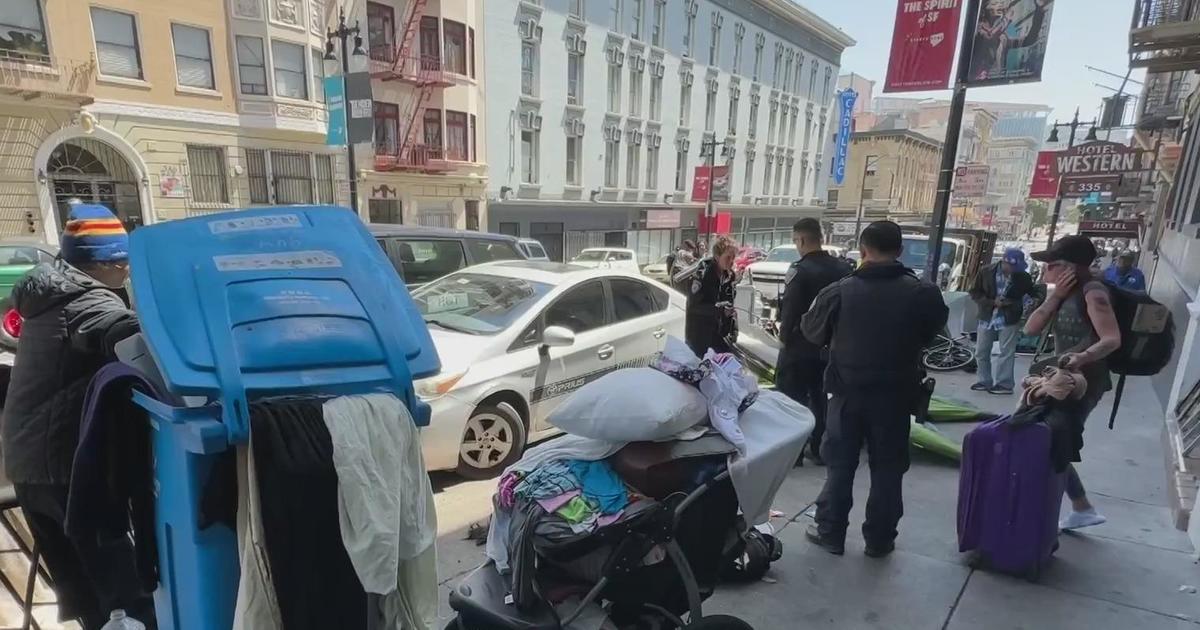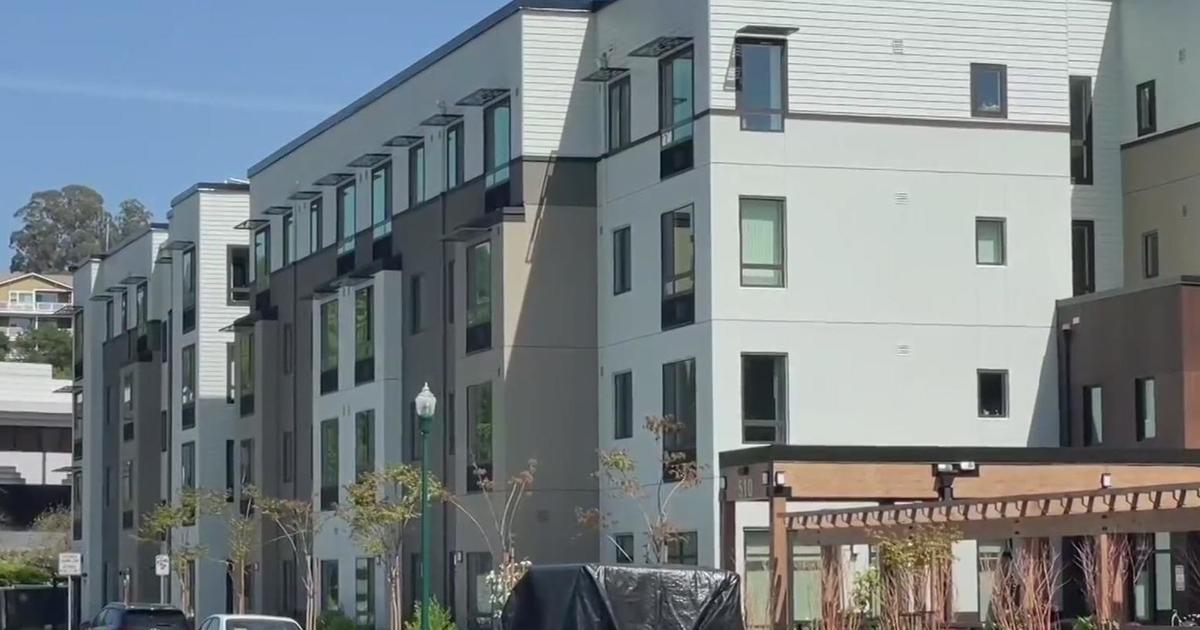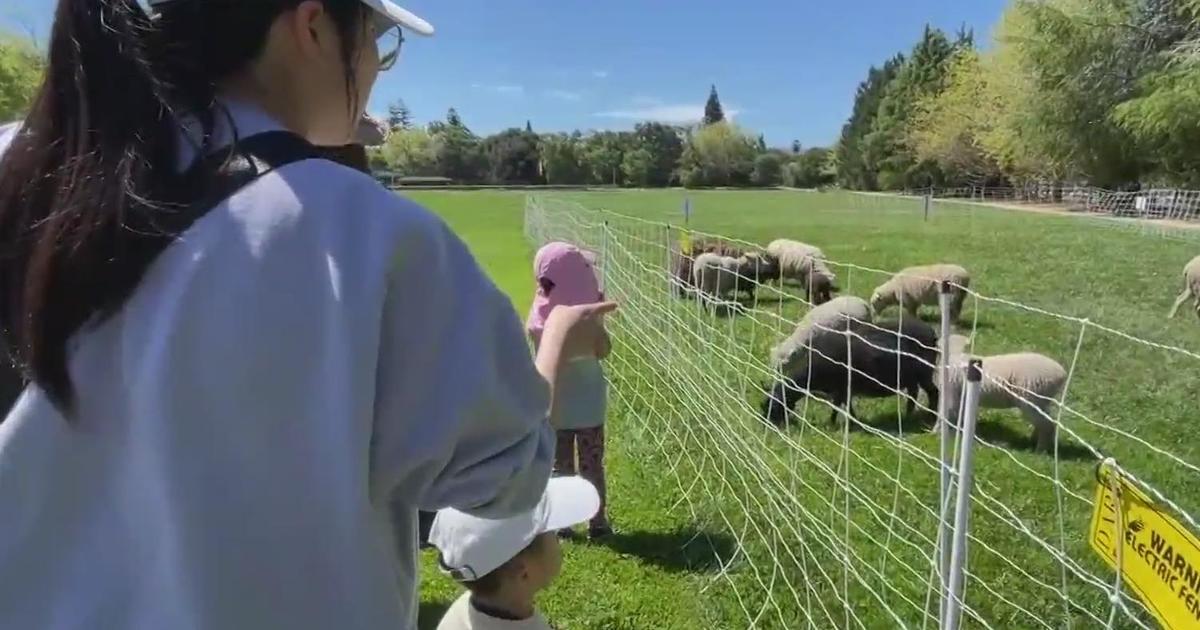Stanford Study Finds Self-Swabbing COVID-19 Tests Are Safe And Accurate
STANFORD (CBS SF) -- A Stanford research study released Friday has concluded that people can be taught to do their own COVID-19 nasal swabs, limiting the exposure of health care workers and the use of protective equipment.
While intense work was being done in labs around the world on a vaccine to fight the virus, others have focused on improving and stream-lining testing procedures.
So the Stanford study -- even though it involved only a small number of patients -- showed that DIY home collection of samples may be a reliable testing procedure in the future.
The study was published Friday in the Journal of the American Medical Association.
The 30 study participants, who previously had tested positive for COVID-19, collected their own samples at a drive-through testing site after watching a short video animation and reading a one-page document instructing them how to perform the swab.
The nasal swab used by the participants takes a sample from the nostrils, unlike the long nasopharyngeal swab currently used to collect samples from the back of the nasal cavity.
Allowing people who suspect they may have COVID-19 to collect their own sample has many advantages.
Sample-collection kits could be widely distributed, allowing more people to be tested. Those using the kit wouldn't have to travel to a testing site, negating the risk of transmission to health care workers and others with whom they interact in transit.
Self-collection would also conserve supplies of personal protective equipment used by health care workers.
"There is an urgent need to increase our testing capacity to slow the overall spread of the virus," said Dr. Yvonne Maldonado, professor of pediatric infectious diseases and of health research and policy. "A sample collection procedure that can safely and easily be performed by the patient in their own car or at home could reduce the exposure of health care workers and also allow many more people to submit samples for testing."
According to a news release, Stanford researchers found that of the 30 participants, 29 received identical results — either positive or negative for the presence of the virus — from samples taken by themselves and health care professionals.
Eleven of the participants were positive, and 18 were negative, according to the release. One person's self-collected swab at the drive-through site revealed the presence of the virus, whereas the two swabs collected by the physician tested negative.
The researchers were also interested in learning how long an infected person would test positive for the virus after they first experienced symptoms.
Twenty-three participants reported that they first experienced symptoms between four and 37 days prior to returning for the drive-through test.
Of the 12 people who returned within two weeks after symptoms began, seven tested positive; of the 11 people who returned for testing more than two weeks after symptom onset, only two tested positive, researchers said in the news release.
"It is critical for us to understand how long an infected person may remain infectious and what the pattern of transmission might be within their household," Maldonado said. "This information would help public health workers craft guidelines as to how long a person with COVID-19 should remain quarantined and when it is likely to be safe to interact again with family members and co-workers."



